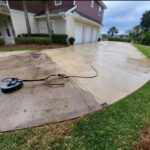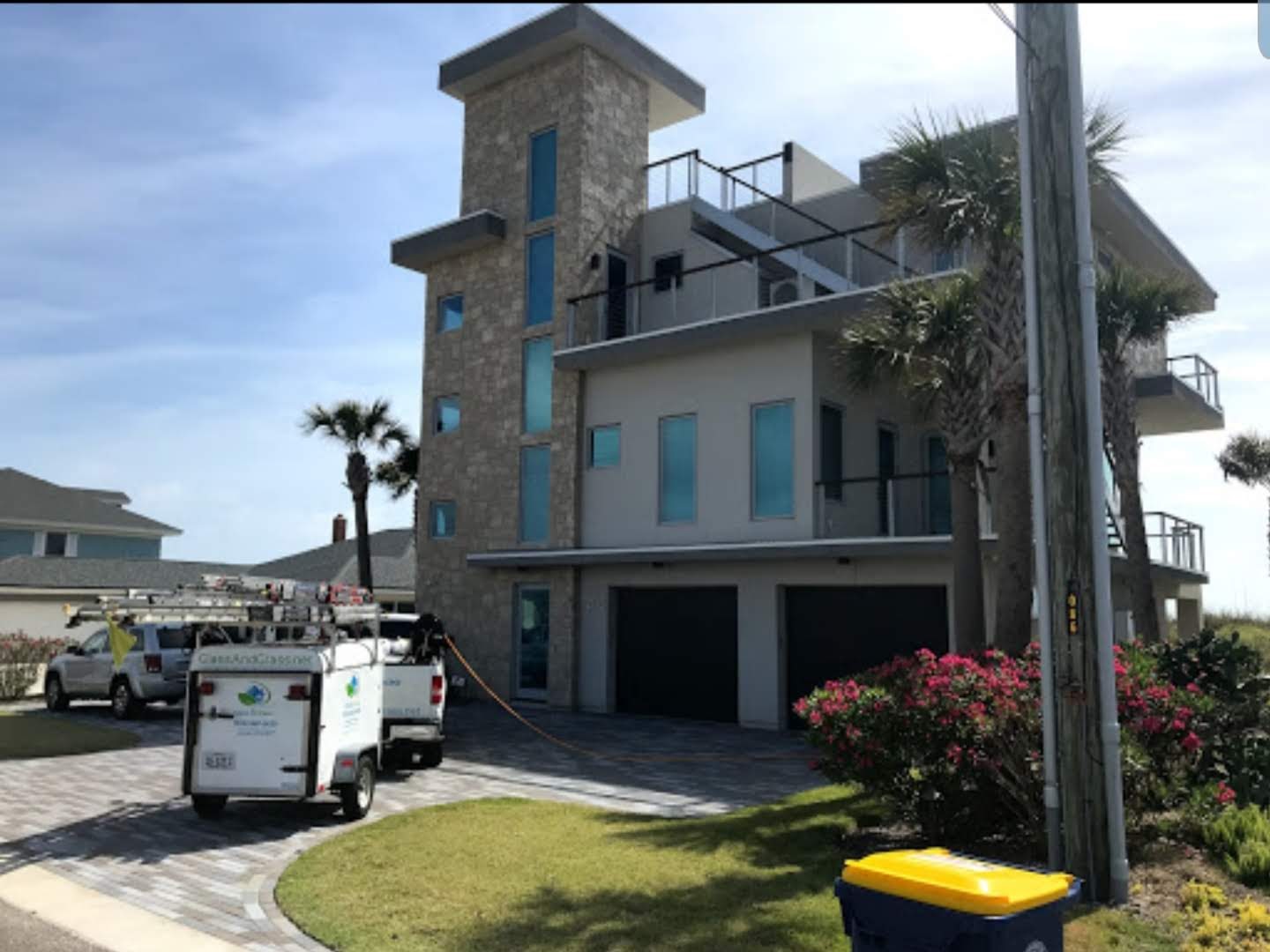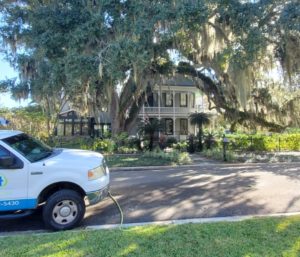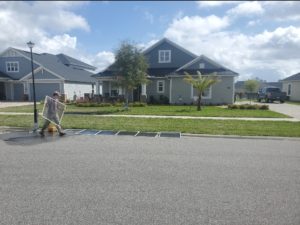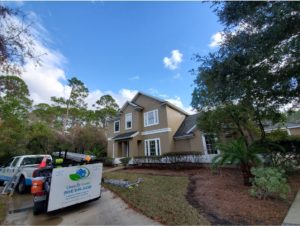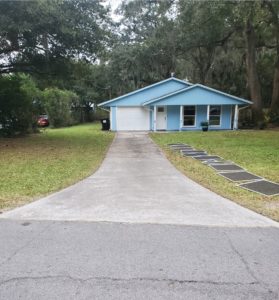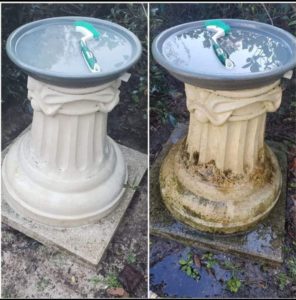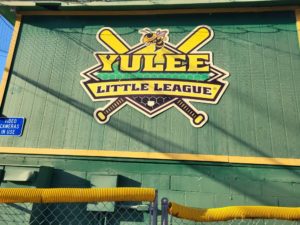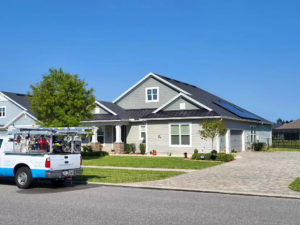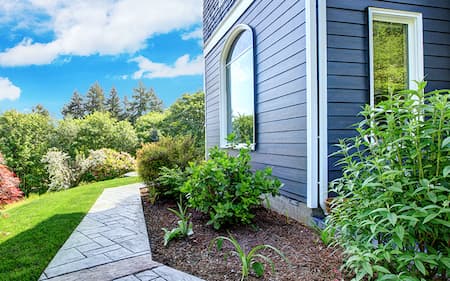Everything You Need to Know About Pressure Washing Brick
Brick is a durable and attractive building material that is common in many homes and commercial buildings. However, over time, brick surfaces can accumulate dirt, grime, and other debris, making them look dull and unsightly. The good news is, you don’t have to live with dirty brick surfaces. Pressure washing is an effective way of removing dirt and grime from your brick surfaces. In this blog post, we will provide you with everything you need to know about pressure washing brick.
What is pressure washing?
Pressure washing is a cleaning method that involves using a high-pressure water spray to remove dirt, grime, and other debris from surfaces. It is an effective way of cleaning various surfaces, including brick. Pressure washing machines come in different sizes and power capacities. It is recommended that you hire a professional pressure washing service for your brick surfaces to avoid damaging the surface.
Benefits of pressure washing brick
There are several benefits of pressure washing brick surfaces. Firstly, it improves the overall appearance of your home or building. Pressure washing removes dirt, grime, and other debris from the brick surface, making it look clean and fresh. Additionally, regular pressure washing can prolong the life of your brick surfaces by preventing the buildup of contaminants that can cause damage to the surface.
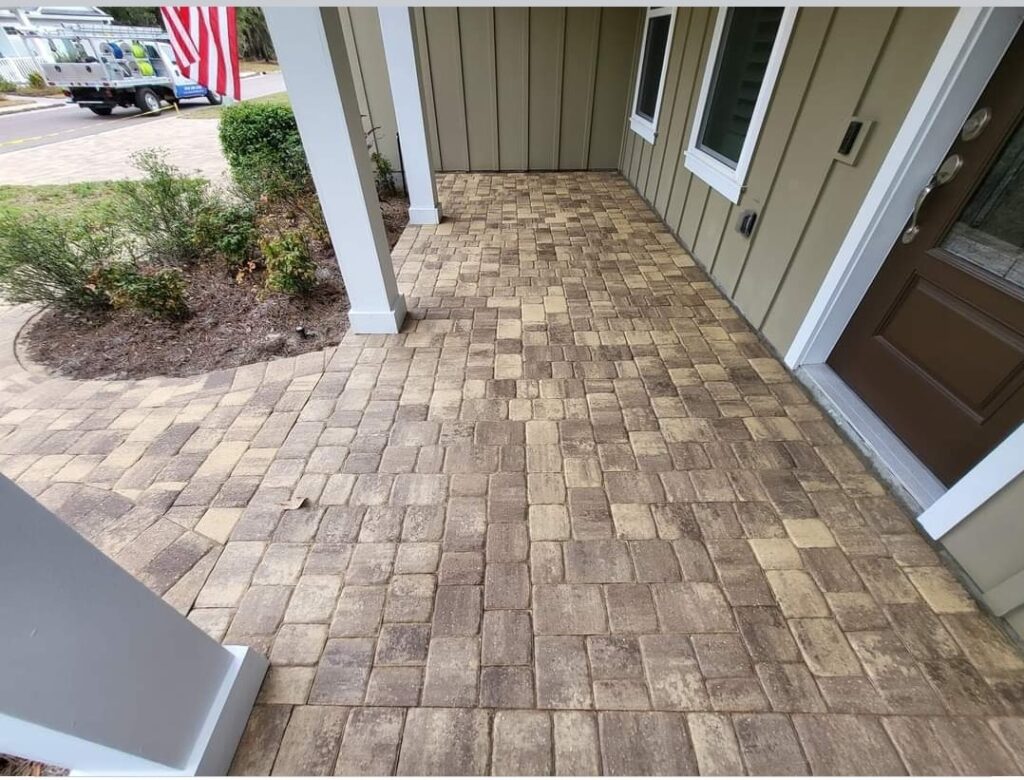
How to prepare brick surfaces for pressure washing
Pressure washing brick surfaces is an effective way to clean and rejuvenate them, but preparation is crucial to prevent damage and ensure a thorough cleaning. Here is a detailed guide on how to prepare your brick surfaces before pressure washing.
Covering Nearby Plants and Landscaping
One of the first steps in preparing for pressure washing brick surfaces is to protect nearby plants and landscaping. The high-pressure water spray can damage plants, and the cleaning agents used can be harmful to vegetation. Use plastic sheeting or tarps to cover plants, shrubs, and flower beds. Secure the coverings with stakes or rocks to prevent them from blowing away during the cleaning process. If you have delicate plants, consider moving potted plants to a safer location temporarily.
Removing Loose Debris and Clutter
Next, clear the area around the brick surface of any loose debris, such as leaves, dirt, and twigs. This step is essential because debris can interfere with the pressure washing process and potentially clog the pressure washer. Use a broom or a leaf blower to sweep away loose materials. Additionally, remove any items such as patio furniture, grills, or decorative objects to ensure they are not damaged and to give you unobstructed access to the brick surface.
Inspecting and Repairing the Brick Surface
Before pressure washing, inspect the brick surface for any signs of damage or wear. Look for loose or crumbling bricks, cracked mortar, or other structural issues. Pressure washing can exacerbate existing damage, so it’s important to address these issues beforehand. If you find any loose bricks or damaged mortar, repair them using appropriate materials such as mortar mix or brick adhesive. Allow any repairs to fully cure according to the manufacturer’s instructions before proceeding with pressure washing.
Testing the Pressure Washer
To ensure that the pressure washer does not cause damage to your brick surface, it’s important to test it on a small, inconspicuous area first. This step helps you determine the appropriate pressure setting and nozzle type. Start with a lower pressure setting and a wider spray nozzle to avoid damaging the bricks. Hold the pressure washer wand at a consistent distance, usually about 12-18 inches away from the surface, and observe how the brick responds. If the brick or mortar shows signs of damage, reduce the pressure or switch to a wider nozzle. Continue adjusting until you find a setting that effectively cleans without causing harm.
Pre-Treating Stains and Mildew
For heavily stained or mildewed brick surfaces, pre-treating these areas can make the pressure washing more effective. Use a brick-safe cleaner or a mixture of water and mild detergent. Apply the solution to the stained areas using a pump sprayer or a brush, and allow it to sit for about 15-20 minutes. This helps to loosen dirt, grime, and mildew, making them easier to remove with the pressure washer. For stubborn stains, you might need to use a brush to scrub the area gently before rinsing with the pressure washer.
Ensuring Safety Precautions
Safety should be a top priority when preparing for pressure washing. Wear protective gear such as safety goggles, gloves, and sturdy footwear. The high-pressure water spray can cause injuries, so it’s important to handle the pressure washer with care. Familiarize yourself with the operation manual of your pressure washer and follow all safety instructions.
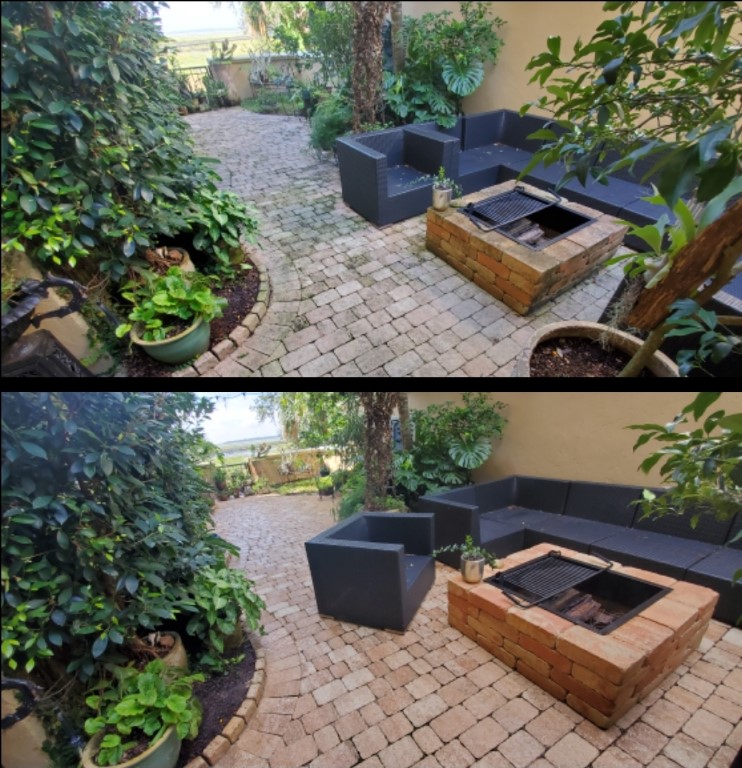
Tips for pressure washing brick
When pressure washing brick surfaces, there are some essential tips to ensure that the process is successful and does not damage the surface. First, avoid using pressure that is too high, as this can cause damage to the brick surface. Second, always use a wide-angle spray nozzle, as this will ensure that the water pressure is distributed evenly. Third, use a cleaning solution specifically designed for brick surfaces. Finally, always use protective equipment such as gloves and goggles to protect yourself from the high-pressure water spray.
When to hire a professional
While pressure washing can be a DIY project, there are times when you need to hire a professional. For instance, if you notice any cracks, chips, or other damages on your brick surfaces, a professional can assess the damage and recommend the right cleaning method. Additionally, if you are not confident in your pressure washing skills, it is best to hire a professional to avoid damaging your brick surfaces.
Pressure washing brick surfaces is an effective way of removing dirt and grime from your home or building. However, it is essential to prepare adequately before pressure washing to avoid damaging the surface. Additionally, it is recommended that you hire a professional pressure washing service for your brick surfaces to ensure that they are cleaned safely and effectively. With these tips, you can transform your dull brick surfaces into a clean and fresh-looking space.
https://www.google.com/maps?cid=664192561973241055

